European Caution Amidst Weak Economic Data, US Hits Record Highs; All Eyes on Earnings and Central Banks | Daily Market Analysis
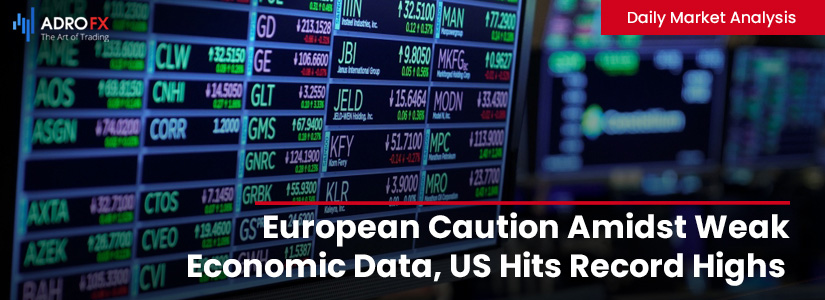
Key events:
- Eurozone - German GDP (QoQ) (Q4)
- USA - CB Consumer Confidence (Jan)
- USA - JOLTs Job Openings (Dec)
- China - Manufacturing PMI (Jan)
The beginning of the week witnessed a cautious tone in European markets, as both the CAC 40 and DAX hovered around last week's record closing highs. Today's economic data is anticipated to reinforce signs of weak economic activity in Europe.
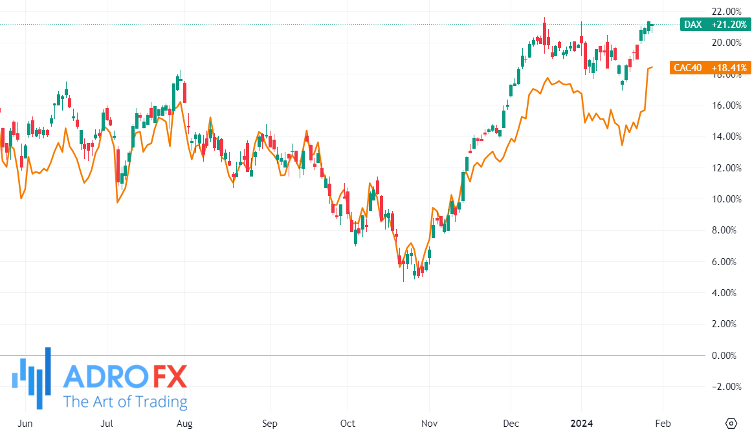
In contrast, US markets displayed a more positive outlook, with the S&P 500 achieving new record highs ahead of the upcoming Fed rate meeting. Earnings reports from Microsoft, Alphabet, and AMD, scheduled after the closing bell today, will play a significant role. The recent strong performance in the US might lead European markets to open at or near their recent record highs later this morning.
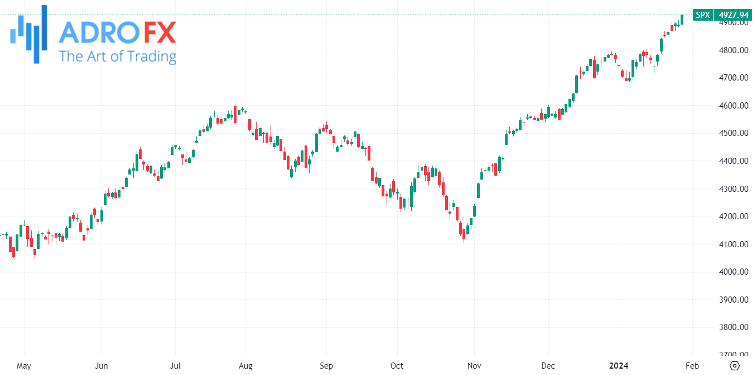
The substantial gains in big-cap stocks over the past weeks have set a high bar, exemplified by the combined market cap of Apple, Amazon, Alphabet, Meta Platforms, and Microsoft, totaling over $10 trillion. This places the cumulative value of these five companies at more than 50% of the total market cap of the Nasdaq 100.
The market's response to this week's earnings reports will be crucial. The economic data from Europe today could also impact expectations regarding the timing of the first rate cut by the European Central Bank. While the ECB previously pushed back on the idea of an early rate cut, citing a December CPI uptick and concerns about elevated wage growth, today's Q4 GDP figures from Europe's four largest economies might prompt a shift in market expectations. The current pricing suggests the possibility of the first rate cut occurring at the April meeting, potentially pushing EUR/USD below 1.0800 for the first time in six weeks.
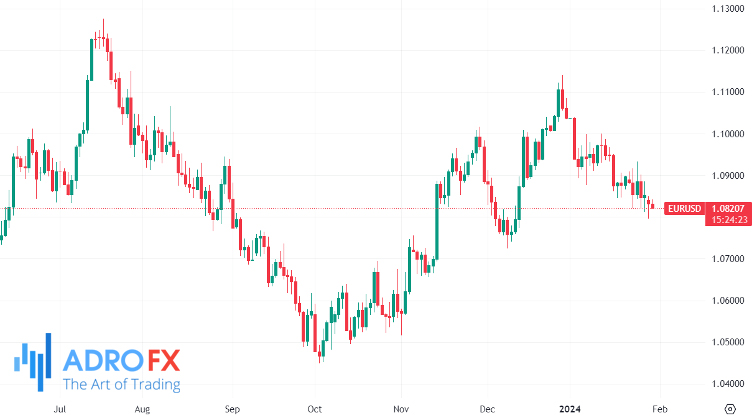
On Tuesday, the Australian Dollar continued its ascent, buoyed by a relatively stable US Dollar. The AUD/USD pair found support as US bond yields experienced a decline in the previous session, attributed to the robust US balance sheet. Since October 2023, the decreasing yields have contributed to the sustainability of the US Treasury, and robust economic growth has resulted in improved tax receipts. The recent announcement by the US Treasury Department indicating plans to borrow $760 billion in the first quarter, lower than the previous estimate of $816 billion in October, further supported this trend.
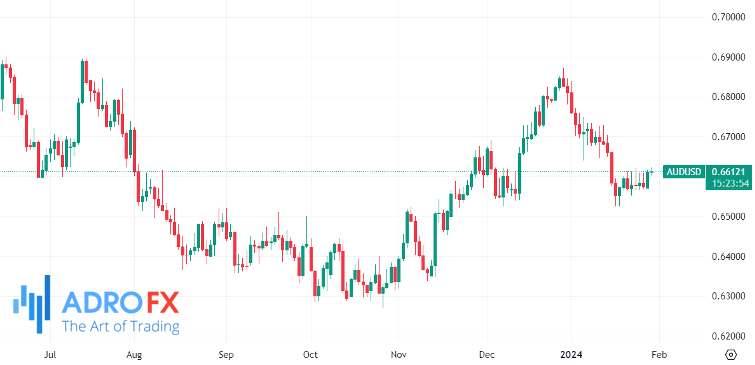
In economic news, Australia's Bureau of Statistics released the seasonally adjusted Retail Sales (MoM) for December, revealing an unexpected decline of 2.7%, in contrast to the anticipated fall of 0.9%. This marked a significant reversal from the previous growth of 2.0%. Interestingly, despite the release of disappointing consumer spending data, the Australian Dollar exhibited resilience. This resilience could be attributed to positive sentiments driven by news of additional stimulus measures in China, providing motivation for the AUD/USD pair. Additionally, investors will be closely watching the Australian Consumer Price Index data scheduled for Wednesday, which is expected to show a decline of 0.8% in the fourth quarter from the prior 1.2%.
Japanese Yen extended its strength for the second consecutive day against the US Dollar, pulling the USD/JPY pair to the 147.20-147.15 area, marking a multi-day low during the Asian session. Persistent geopolitical tensions in the Middle East, coupled with the Bank of Japan's hawkish stance last week, are significant factors providing support to the safe-haven JPY.
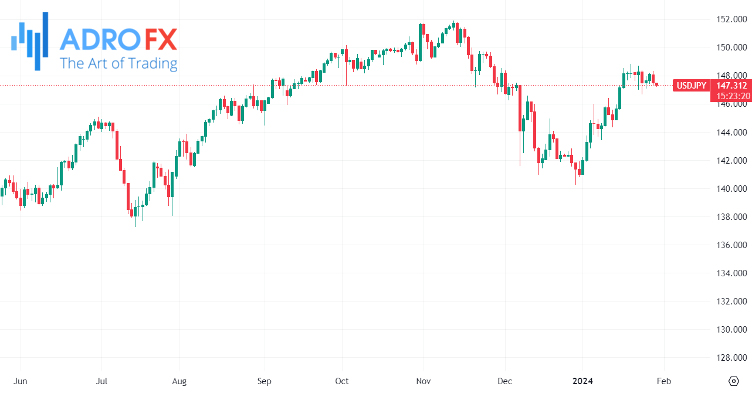
Meanwhile, the US Dollar Index witnessed a surge on Monday, reaching 103.75 and attaining highs not seen since mid-December. This upward momentum comes ahead of an anticipated eventful week, featuring the first Federal Reserve decision of 2024 on Wednesday and crucial labor market figures from the US scheduled for Friday.
Market expectations are currently leaning towards a potential rate cut by the Fed in March. However, if the US economy sustains its growth trajectory, a rate cut in March seems less probable. Consequently, bets in the market have been shifting towards the beginning of an easing cycle in May.
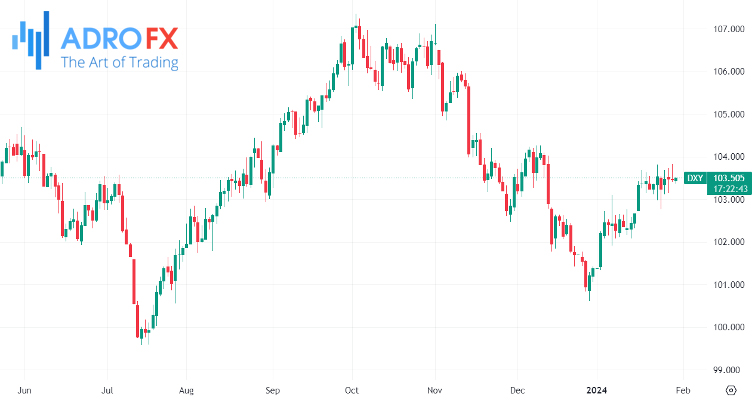
In the event that the US demonstrates resilience, causing a delay in expectations for rate cuts, the downside for the US Dollar in the short term is limited. The tone set by the Fed on Wednesday will be crucial for market participants to adjust their expectations regarding the 2024 rate cuts calendar, introducing an element of potential volatility for the USD.
Looking ahead, market participants are eagerly awaiting the Federal Open Market Committee statement scheduled for Wednesday, January 31. While the consensus expectation is for the Fed Funds rate to remain unchanged at 5.25-5.50%, the prevailing market bias toward a potential rate cut in March may exert downward pressure on the US Dollar. Before the FOMC statement, Tuesday's releases of the Housing Price Index and Consumer Confidence figures will be scrutinized for additional insights into the market.









